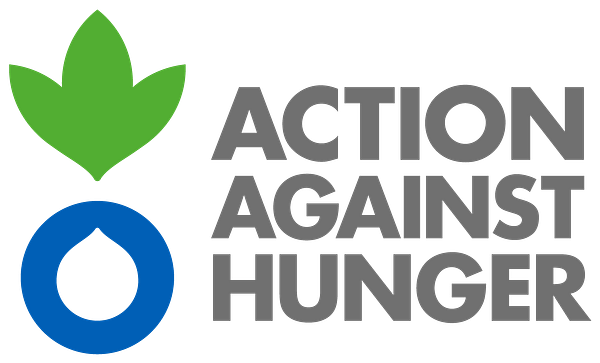Press release -
10 YEARS ON FROM THE EARTHQUAKE AND HAITI IS “STRUGGLING TO SURVIVE”
- One in three people are in urgent need of food
- Food insecurity has reached crisis levels and more than 1 million people, almost 10 percent of the population, are on the brink of famine
- Rising political unrest and violence is hampering access to aid
With mounting violent unrest and calls for President Jovenel Moïs to step down, 35 percent of the Haitian population, 3.67 million people, are now in urgent need of emergency food assistance. According to the latest report by the Integrated Food Security Phase Classification system, the situation is expected to deteriorate in 2020 with that number expected to rise to 4.1 million in the coming months.
More than a million people are already classified as facing humanitarian emergency levels of food insecurity (IPC 4), the last classification before a famine/humanitarian catastrophe is declared.
Cedric Piriou, Action Against Hunger Country Director in Haiti:
“Our teams are committed to reaching those struggling to survive, but roads are often closed, essential commodities are scarce, and the threat of violence permeates our lives every day,”
“We are witnessing a political hunger crisis that grows by the day. The world cannot continue to stand by -- we must respond to the complex ins and outs of this multifaceted emergency, which includes addressing a major food crisis and a crippling lack of access to basic services like clean water, health care, education, and safe sanitation.
“Haiti entered these most recent months of political unrest as the poorest country in the western hemisphere, with more than six million people living on less than $2.41 a day. Now, food insecurity has reached crisis levels,”
“The humanitarian community is sounding the alarm, but once again, the world is not responding fast enough -- if at all.”
As a result of economic, social and political instability, malnutrition has reached alarming levels and is expected to worsen in the months ahead. In some communities, such as Thiotte and Belle-Anse, the rate of acute malnutrition -- the deadliest form of malnutrition -- exceeds 10 percent, a serious emergency by World Health Organization (WHO) standards. Chronic malnutrition -- which impairs growth and development -- affects more than 30% of the population in Thiotte and more than half of the population in Belle-Anse. Rural areas in the North West, Artibonite, Nippes and Grand'Anse are among the most affected, and have the highest percentage of people in need of immediate assistance. Their needs are compounded by a drop in agricultural production following the 2018 drought.
NOTES TO EDITORS
- Action Against Hunger is the world’s leading charity in the fight against child hunger, treating more young children for life-threatening hunger than any other charity.
- In 2018 alone, Action Against Hunger supported more than 21 million people across 47 countries.
- In Haiti, Action Against Hunger teams are working to improve food and nutrition security by supporting savings and loans groups, creating income-generating activities, building water storage systems, training mothers to screen children for malnutrition, and improving sanitation in the hard-hit north-eastern areas of the country. Through our social protection programs, we seek to support the most vulnerable households who suffer from economic insecurity and lack the means to provide for their basic needs.
- Action Against Hunger has been operating in Haiti since 1985 and 98 percent of 172 staff members are Haitian-born.
- Definitions of food insecurity classifications are available here: http://www.ipcinfo.org/ipcinfo-website/ipc-overview-and-classification-system/en/
- www.actionagainsthunger.org.uk
Topics
- War
